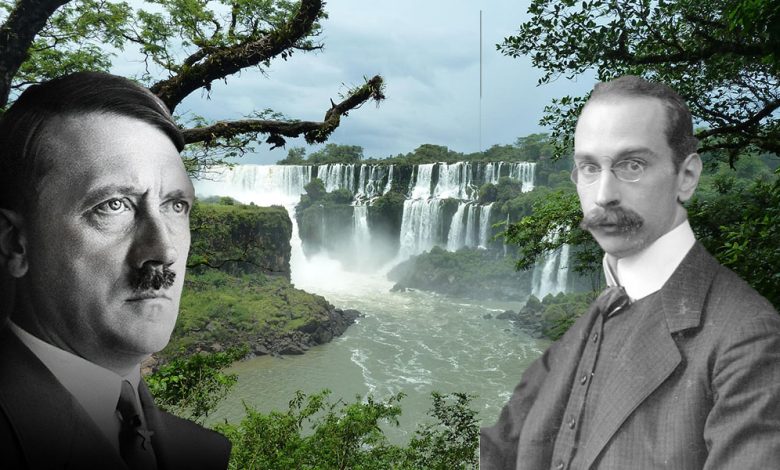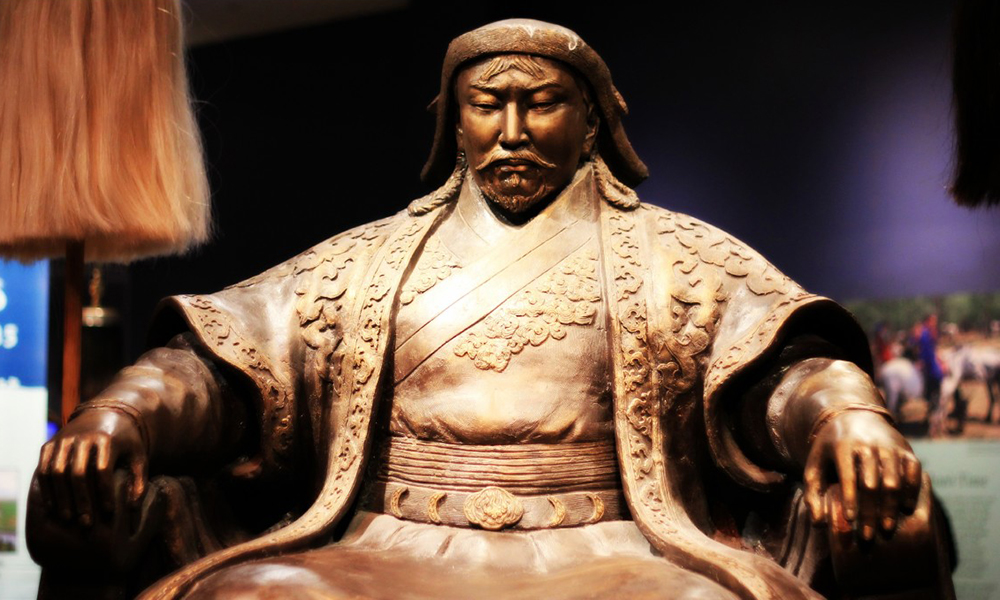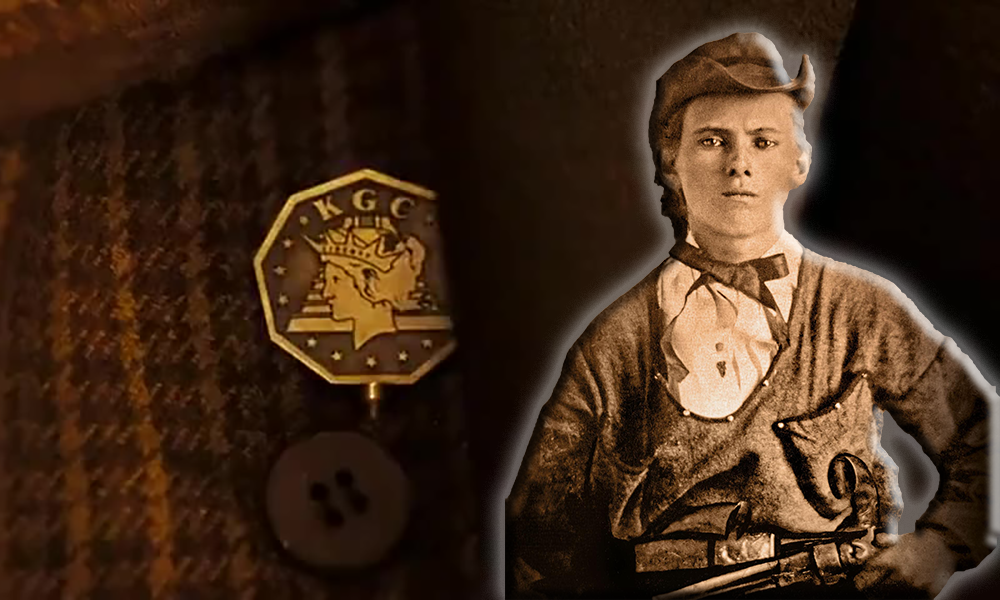Uncovering the Secrets of Nazi Treasure
A Tale of Hidden Wealth

Uncovering the Secrets of Nazi Treasure
The Nazi regime, led by Adolf Hitler during World War II, is infamous for its atrocities and war crimes. However, beneath the brutality and oppression, a story of hidden wealth, looted art, and secret stashes of riches emerged, leaving a lingering mystery known as the Nazi treasure.
As the war raged on, the Nazis plundered the wealth of occupied territories, confiscating art, gold, and other valuables. They systematically looted museums, private collections, and even entire countries, leaving behind a trail of stolen treasures. Some of these ill-gotten gains were intended for the funding of Nazi operations, while others were hoarded for personal gain.
One of the most well-known aspects of the Nazi treasure is the legendary Amber Room. This exquisite chamber, adorned with amber panels, gold leaf, and mirrors, was considered the “Eighth Wonder of the World.” The Nazis looted it from the Catherine Palace in Russia during their invasion and occupation. Despite numerous theories and claims of its recovery, the Amber Room remains missing to this day, making it one of the most sought-after pieces of art in history.
Another notorious aspect of the Nazi treasure is the extensive art theft. Prominent artworks by renowned artists were stolen and often used to enrich the private collections of Nazi leaders, including Hermann Göring and Adolf Hitler himself. After the war, efforts were made to recover and return these stolen masterpieces to their rightful owners, but many remain unaccounted for.
The search for Nazi treasure continues, with numerous reports of hidden caches, bunkers, and underground tunnels where the Nazis concealed their loot. One such place is the “Nazi Gold Train” believed to have been hidden in a tunnel in Poland. While there have been investigations and excavations in search of the train, its existence and location are still disputed.
The fascination with Nazi treasure is not only about the wealth itself but also the hope of righting historical wrongs. Recovering stolen art and returning it to its rightful owners is an ongoing endeavor. International organizations and governments work tirelessly to identify looted items and return them to their original owners or their descendants.
The quest for Nazi treasure remains a complex and morally charged undertaking. It brings together history, art, justice, and the enduring hope of reconciliation. As long as pieces of this hidden wealth remain unfound, the search for Nazi treasure will endure as a symbol of the ongoing efforts to rectify the injustices of the past.
In conclusion, the story of Nazi treasure is one of intrigue, mystery, and moral reckoning. While some aspects of the Nazi treasure have been uncovered and returned, many treasures remain hidden, waiting to be discovered and returned to their rightful owners. The quest for these lost riches reminds us of the enduring responsibility to confront the legacy of World War II and the importance of seeking justice and closure for those affected by the Nazi regime’s actions.





